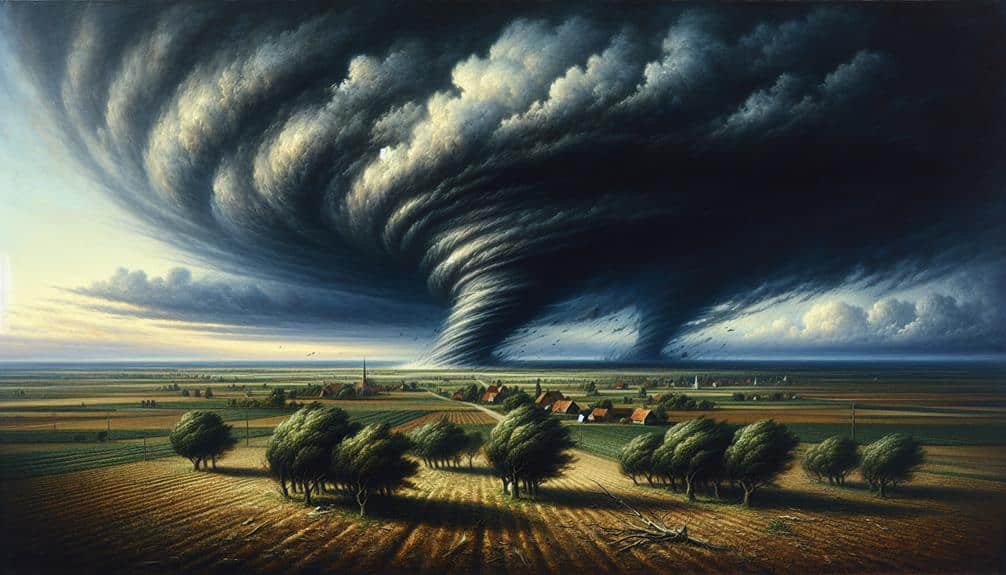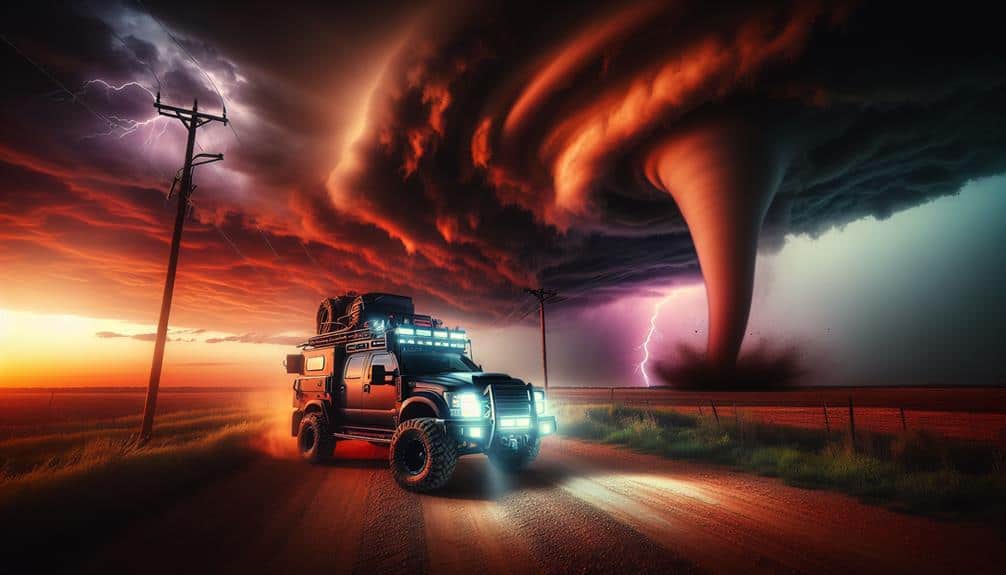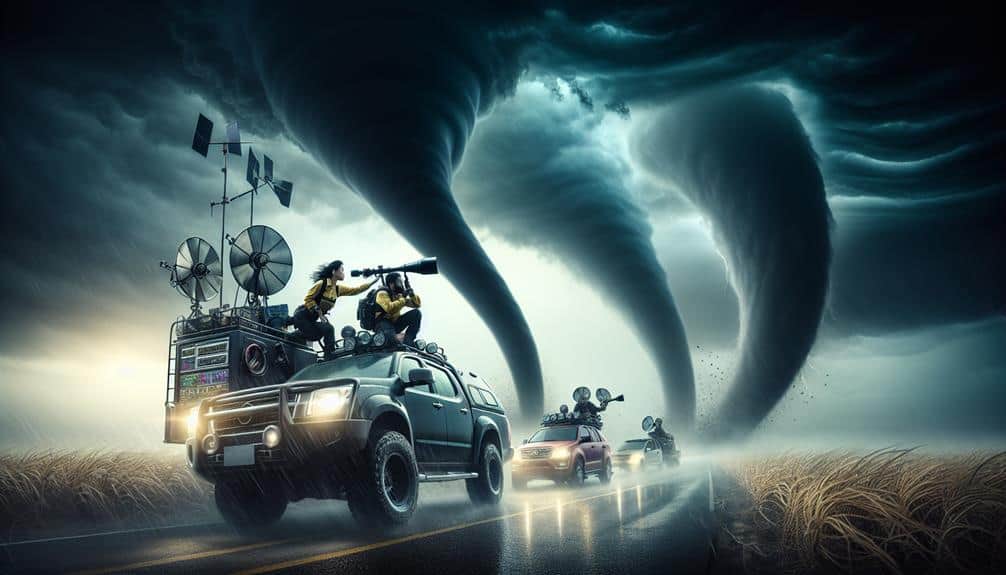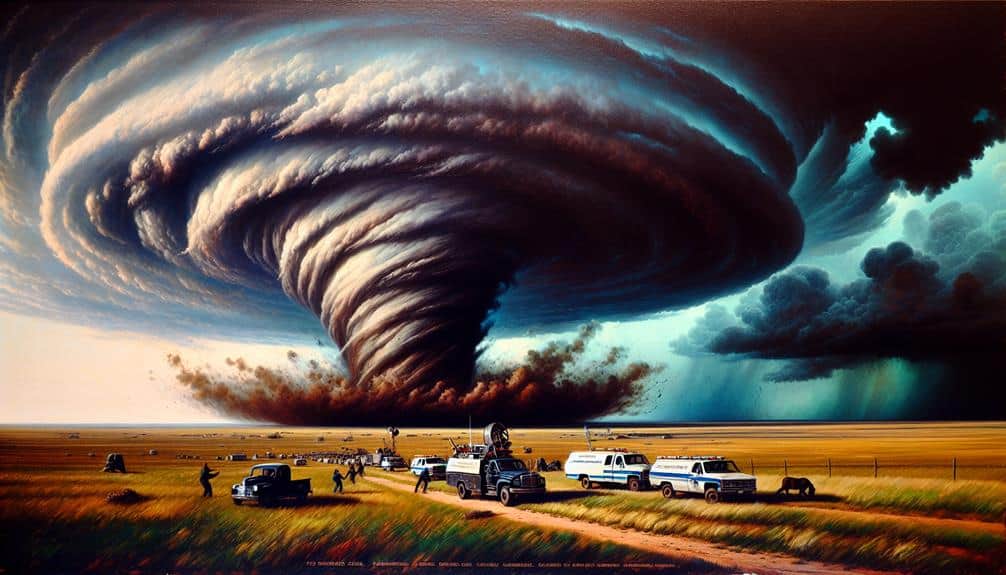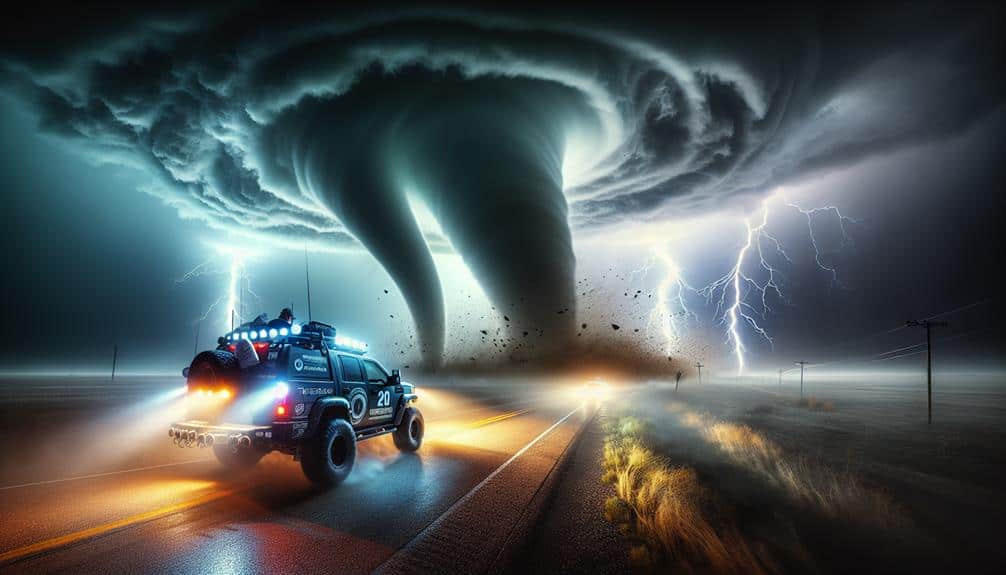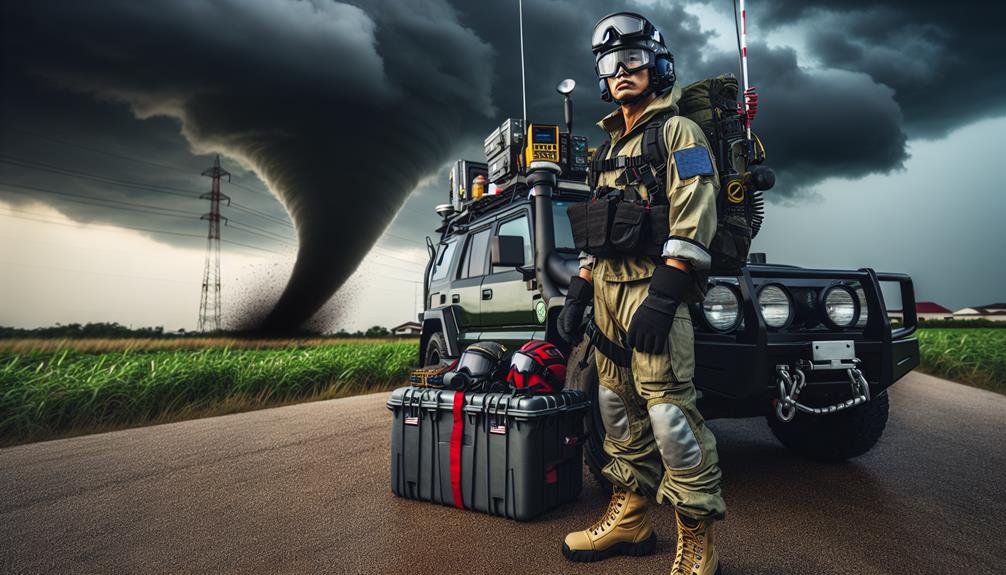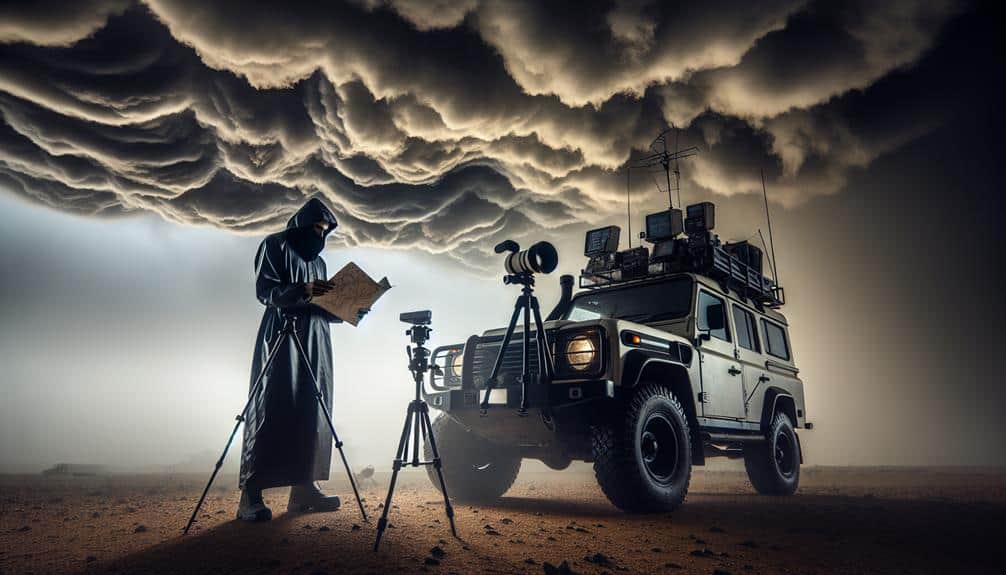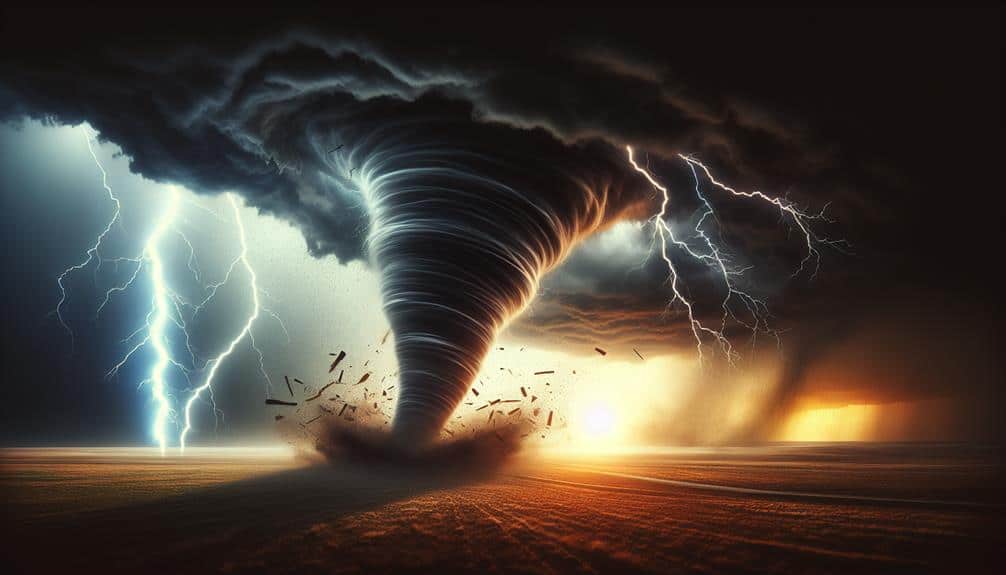What Signs to Look for in Tornado Alley?
We should watch for supercell thunderstorms and monitor mesocyclones via radar in Tornado Alley. Substantial drops in atmospheric pressure can signal an approaching tornado. Observing wall clouds and funnel clouds is pivotal, as wall clouds indicate mesocyclones, and funnel clouds mean a tornado is imminent. Sudden wind shifts, rapid pressure gradients, and unusual sky colors […]
What Signs to Look for in Tornado Alley? Read More »
